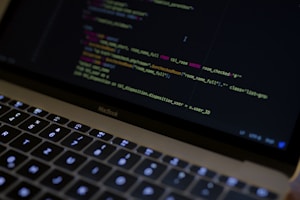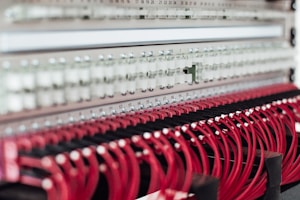System access is an important aspect of information system security as the people who are allowed to access certain portions of the system can make changes and other kinds of modifications to the system. All attempts at accessing a system must be logged, and their record kept and maintained. This is done to prevent the cases of illegal system access and escalation of privileges for the system’s existing users. The information system that is being accessed will also restrict the users’ authorization level based on the kind of credential they feed into the system. Mature systems are also designed to handle information properly.
They are tasked with ensuring that each user only gets as much access into the system as they are authorized to. Modern information systems have been designed to provide several layers of access into the system, and someone only gets to see as much of the system as they have been assigned. Low-level access means that the person accessing the system does not see certain sections of the system and cannot make changes to these systems’ information.
The kind of system access that has to be kept track of is that which takes place at suspicious times and makes a significant change to the system that is being accessed. This kind of access could be likely making use of stolen credentials. In many cases, the access credentials being used to access the information on these systems must be revoked early enough or nullified, which will ensure that the users of the information system cannot access the information unless they can prove their identity.
The information system users will also be very likely to work with secure systems when access is restricted to certain hours. Once the legal hours are over, anyone that tries to gain access to the system is locked out until the correct duration of using the system. With this in mind, the system users will only try to access it when they are authorized to.
They will not try to log into the system when it is no longer time for work as this is very likely to bring up some suspicion, which is why the system will most likely lock them out until it is the legal time to access the system. By keeping track of the system access, the administrators of the system will also investigate incidences of unauthorized or illegal system access more easily when they have a record of all the attempts at accessing the system. The modern system users are also more likely to work with systems with clear records, which makes them better administrators. Access attempts that were carried out at odd hours are revoked, and the users are contacted directly to inform them of the revocation of their credentials until they have a good reason for access the system at the wrong time.






